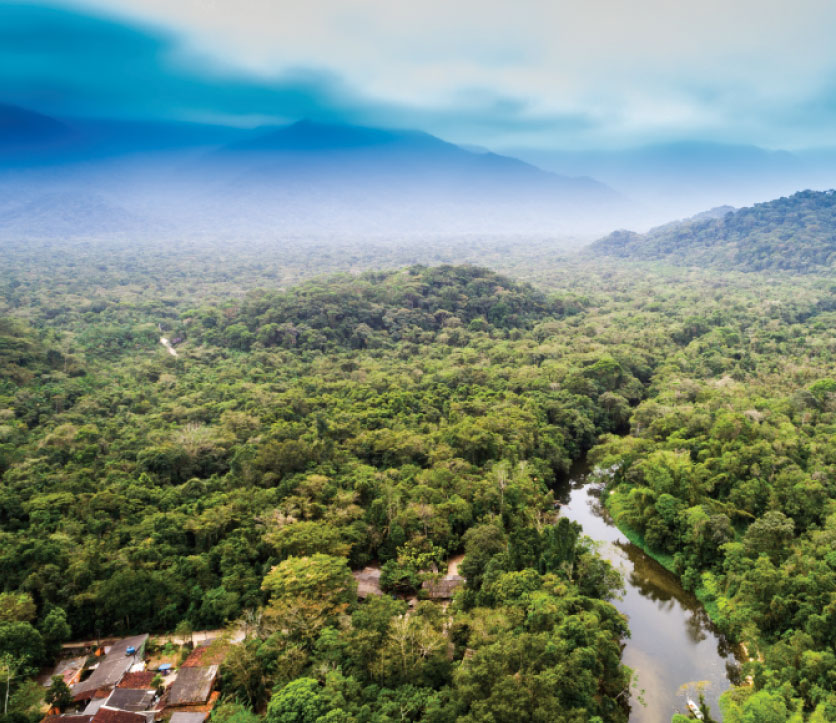Cadasta partners with Indigenous groups, communities, pastoralists, and other customary groups to document, map, monitor, and analyze community land and natural resources to assert and defend their land claims.
Customary and community land tenure is a set of rules and customs that govern land use and access to other natural resources. Studies estimate that customary practices govern over 50 percent of land in Sub-Saharan Africa. However, most governments do not recognize customary land tenure or community land ownership, with even fewer governments having the community and customary boundaries mapped.
Indigenous groups are stewards of forests and biodiversity, with 80% of remaining biodiversity living in Indigenous lands and 36% of all intact forest landscapes being managed by Indigenous groups.
Many communities and Indigenous groups around the world rely on community and customary lands for their livelihood, food, and cultural and religious practices. The insecurity of Indigenous and customary land tenure makes these groups more susceptible to evictions, land grabs, land disputes, and resource extraction.
Cadasta takes a bottom-up approach when documenting community lands by using participatory mapping techniques that include all stakeholders, including women, the elderly, and youth, as well as various interest groups, such as farmers, herders, and forest dwellers. And in line with the FAO’s Free, Prior, and Informed Consent (FPIC) policy, communities have complete control of their data and how it is shared outside of their community.







